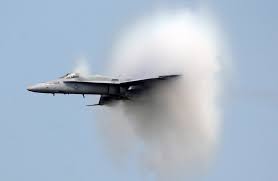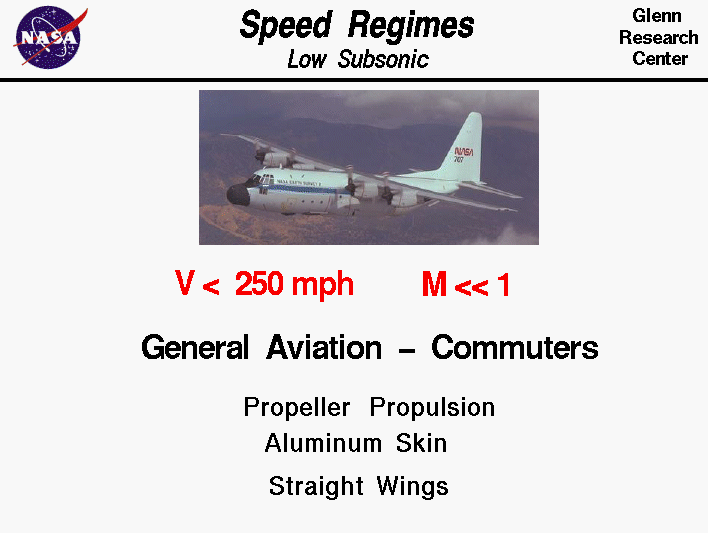

Even though the train can travel up to 375 miles per hour, a rider experiences less turbulence than on traditional steel wheel trains because the only source of friction is air.Īnother big benefit is safety.

This floating magnet design creates a smooth trip. Electrifying the propulsion loops generates magnetic fields that both pull the train forward from the front and push it forward from behind. The front corners have magnets with north poles facing out, and the back corners have magnets with south poles outward. Imagine the box with four magnets - one on each corner. Here, both magnetic attraction and repulsion are used to move the train car along the guideway. The third set of loops is a propulsion system run by alternating current power. Both loops use magnetic repulsion to keep the train car in the optimal spot the further it gets from the center of the guideway or the closer to the bottom, the more magnetic resistance pushes it back on track. Three types of loops are set into the guideway at specific intervals to do three important tasks: one creates a field that makes the train hover about 5 inches above the guideway a second keeps the train stable horizontally. Like ordinary magnets, these magnets repel one another when matching poles face each other.

In Maglev, superconducting magnets suspend a train car above a U-shaped concrete guideway. In the United States, a number of routes are being explored to connect cities such as Baltimore and Washington, D.C. The first commercially operated high-speed superconducting Maglev train opened in Shanghai in 2004, while others are in operation in Japan and South Korea. Superconducting magnets are electromagnets that are cooled to extreme temperatures during use, which dramatically increases the power of the magnetic field. He dreamed up the idea of using superconducting magnets to levitate a train car.

The idea came to Powell as he sat in a traffic jam, thinking that there must be a better way to travel on land than cars or traditional trains. James Powell and Gordon Danby of Brookhaven received the first patent for a magnetically levitated train design in the late 1960s. Maglev - short for magnetic levitation - trains can trace their roots to technology pioneered at Brookhaven National Laboratory. Credits: motorbox.What if you could travel from New York to Los Angeles in just under seven hours without boarding a plane? It could be possible on a Maglev train. The wired website highlights several limitations, including, in particular, ‘costs and the inability to apply the specifications of this technology to existing infrastructure’. # Thirty percent more EFFECTIVE than standard trains credits: New China TVĪccording to the China Railway Rolling Stock Corporation, the new prototype, featuring anti-vibration systems and traction hooks, demonstrates a 30% increase in efficiency, thus reducing the braking distance from 16 to 10 kilometers. In this way, friction is reduced because the only force that opposes its motion is that of the air, thus generating even less noise. The new Chinese train is designed to travel with 2 to 10 cars, each capable of holding a maximum of 100 people.īy using electromagnetic force, the ‘maglev’ train levitates above the track, with no contact between body and rail. The Maglev train, the fastest train in the world, is part of a project to for the development of a high-speed railway line.
#SUBSONIC SPEED AND LEAVATION TV#
# The train that FLOATS on tracks credits: New China TV Additionally, it is now also conducting research on the development of interurban and inter-provincial lines using magnetic levitation trains. Thanks to its 37,900 km of high-speed lines, China is already a leader in rail transportation. Just think that, at this speed, the Maglev would only take 2.5 hours from Beijing to Shanghai, a journey of more than 1,000 km that would normally take three hours by plane or five and a half hours by train. This high-speed train can travel at 600 km/h, thus reducing travel time by as much as 50%. The new magnetic levitation supersonic train developed by the “China Railway Rolling Stock Corporation” is called ‘Maglev’. The WORLD’s FASTEST magnetic levitation TRAIN # Pechino – Shangai in 2 hours credits: New China TV After five years of research, China unveils its new magnetic levitation train, thus confirming its objective of becoming a technological and scientific power.


 0 kommentar(er)
0 kommentar(er)
